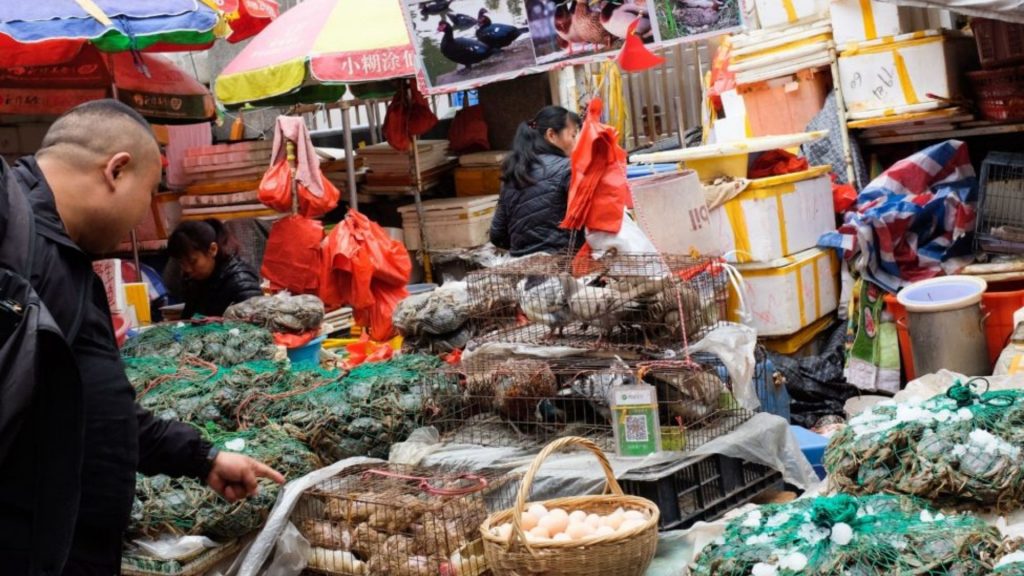What are the main drivers of illegal wildlife trade? It is widely accepted and public opinion in many countries that illegal wildlife trade is a serious crime with severe consequences, yet the illegal wildlife trade industry continues to grow.
The Main Drivers Of Illegal Wildlife Trade
The major drivers of the wildlife trade industry are Traditional Chinese Medicine, Bush Meat, and Trophy Hunting. Boycotting animal shows, elephant rides, and tiger selfies is critical in combating the wildlife trade. Despite the recent social media explosion, many people are still completely unaware of the atrocities that take place behind the scenes in these captive animal industries. There is an urgent need to address the wildlife trade, which endangers both animals and the environment.
Consumer Demand
The continuous growth of illegal wildlife trade is primarily driven by consumer demand. A variety of consumers consistently request a wide range of different wildlife products, including animal parts, animal products, and animal derivatives as well as trees, plants, timber, and plant products. A sizeable share of the entire consumer demand is related to luxury goods, which means that consumption is driven more by desire than by necessity.
Traditional Chinese Medicine
According to research, it is assumed that the use of wildlife products for traditional Chinse medicine, an industry valued at $60 billion per year, is the main driver for the illegal wildlife trade to continue. In 2017, traditional Chinese medicine accounted for over 40% of the pharmaceutical market in China.
In fact, the demand for products originating in traditional Chinese medicine is growing at an annual growth rate between 5 and 15%, following a report by the World Bank. Another estimate by the World Health Organization projects a growth rate of 11% per year.
The expansion of the traditional Chinese medicine sector is putting a lot of pressure on endangered species including rhinos and pangolins, sea horses, saiga, tigers, moon bears, and many other animals. In most cases, the demand for these animals appears to be met by illegal supply.
Notably, Chinese companies active in the field of traditional Chinese medicine are apparently developing around 30 manufacturing facilities in foreign countries along the supply chain of wildlife products – And in close proximity to the routes of Chinas massive infrastructure project called “Belt and Road” initiative. In fact, traditional Chinese medicine is recognized by the Chinese government as a growing and export market, as this type of medical treatment is now popular in more than 180 countries globally.
Internet Marketplaces
Another driver that allows the illegal wildlife trade to continue has emerged over the last two decades: The widespread use of technology and internet-based communication methods. The internet has also impacted wildlife trade business operations, by disrupting traditional means of purchasing and selling. For poachers and wildlife traders alike, the internet is a convenient, uncomplicated, and largely anonymous avenue. Internet platforms oftentimes allows for direct sales to the customer removing the need for middlemen. The internet marketplace eBay, for example, plays a key role in matching sellers and buyers of wildlife products, such as ivory.
eBay has adopted a formal stand against the commercialization of illegal wildlife products, including ivory. According to the website, eBay has put a complete ban on the selling of all sorts of ivory since January 2009. However, this rule is bypassed by selling ivory under the term “fake ivory” even though many objects, including antiques, are not fake but genuine.
According to an Interpol report from 2013, ivory trafficking through the internet is a big concern in Europe, particularly in Western Europe. Even though the study spanned only a few hours per day in nine countries for a period of a fortnight, roughly 4,500 kilo of ivory was trafficked. The billion-dollar black market for exotic pets and wildlife has turned the internet into a global marketplace for wildlife products, ranging from small items and medicines to skin rugs from endangered species and rare leather boots.
World Animal Protection (WAP)
According to World Animal Protection, the current annual value of the wildlife trade is between $30 and $42.8 billion, with up to $20 billion illegal. The primary drivers of the industry are Traditional Chinese Medicine, Bush Meat, and Trophy Hunting. The trade has accelerated habitat destruction and species extinction. The IUCN recently added both species of African elephants to their Red List of Threatened Species. Despite global efforts, the ivory trade is driving the species to extinction. The situation is far worse for species that do not receive as much international attention, such as giraffes and leopards.
Invasive Species Or Exotic pets
The introduction of invasive species is another major issue. Exotic pets are frequently recklessly released into the wild, wreaking havoc on the local ecosystem balance. The introduction of the African Catfish into Indian streams is one example of this. This highly adaptable species has conquered much of India’s wetland, but its highly predatory nature has destroyed numerous aquatic ecosystems, including the Bharatpur Bird Sanctuary.
The Transmission Of The Zoonotic Virus Due To Wildlife Trade
The risk of zoonotic virus transmission is one of the most serious threats to the wildlife trade. Pathogens that have been transmitted from non-humans to humans are referred to as zoonotic pathogens. The COVID-19 pandemic is a prime example of the potential health risk posed by the illegal wildlife trade. In just over a year, this dreadful disease has claimed the lives of over 4 million people.
Fighting Against The Illegal Wildlife Trade Through Ethical Tourism
Fortunately, the general public can make a significant contribution to the fight against illegal wildlife trade by engaging in ethical wildlife tourism. Most captive animal tourist attractions, including elephant rides, dolphin shows, dancing bears, animal circuses, and tiger entertainment facilities, violate animal rights significantly.
Captive elephants and dancing bears are captured from the wild when they are young, and are almost always separated from their mothers. During interactions with tourists, the animals in tiger entertainment facilities and Dolphin Shows are routinely drugged. These industries rely on tourism revenue to stay in business. Boycotting animal shows, elephant rides, and tiger selfies is critical in combating the wildlife trade.
Final Thoughts
Greed and the desire to obtain financial or other material benefits are frequently motivating factors in wildlife trafficking. As a result, offenses relating to the laundering of proceeds of wildlife trafficking and the financing of wildlife trafficking are another important tool for criminalizing and combating wildlife trafficking.


